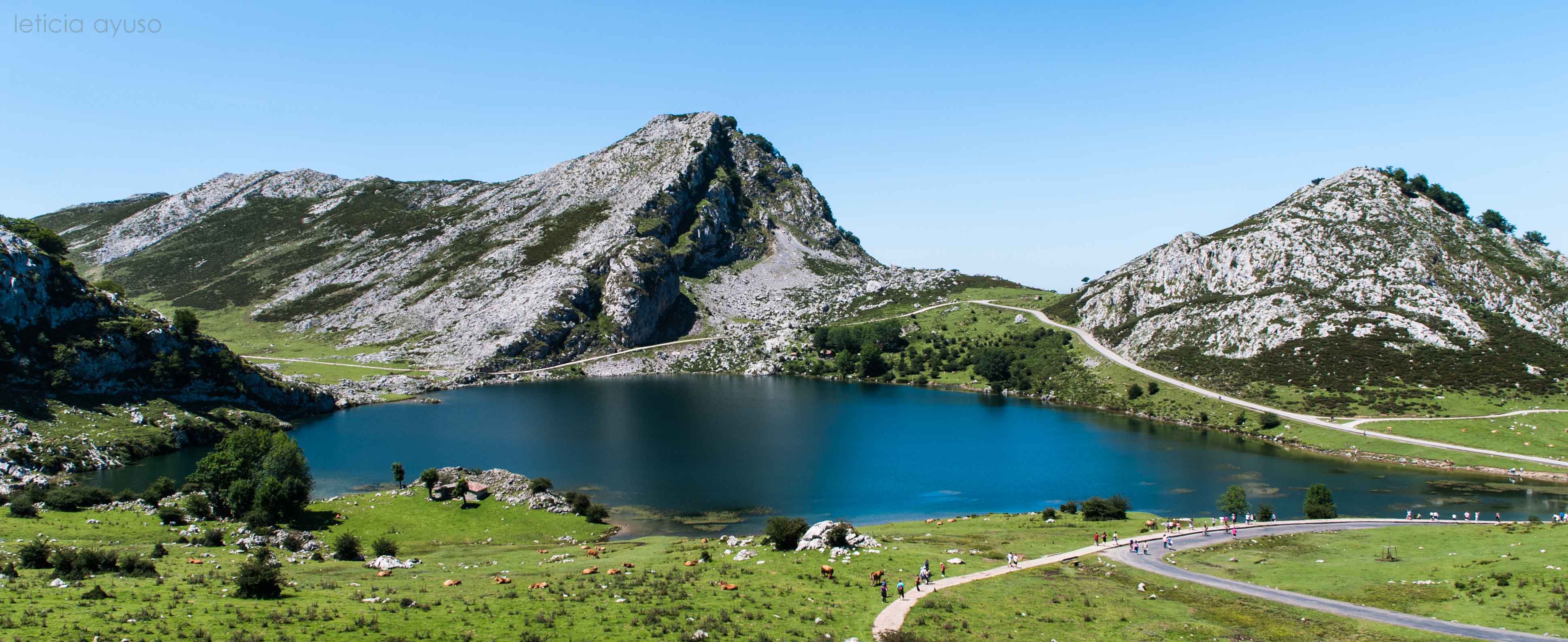

Picos de Europa
The highest peaks of the Cantabrian Mountains are in this place where the legendary history of Asturias was conceived.
The three main massifs of this natural wonder are limited by deep valleys and gorges, appeared before the eroding step of the sharp tongues of ice from glaciers and the force of the waters of the rivers that, even today, continue to shape their like stone, dissolving the limestone. The Dobra, a tributary of the Sella and Deva rivers mountains flanking the west and east of the mountain range, with the Cares and its tributary, the Duje responsible for distributing the park in its three massifs.
In the Central Massif are the highest peaks of the Cantabrian Mountains in the Urrieles steep, where the most emblematic reference of the Picos de Europa towers: the immense beauty of the Naranjo de Bulnes or Picu Urriellu. Its 2,519 meters complicated orography have not avoided the human installation, being famous the town of Bulnes. Until 2001, it was accessible only by a narrow and steep path on the mountain. Since then, the ACCESS is easier thanks to the funicular that crosses the mountain from the town of Poncebos.
Urrieles east is the Eastern massif, Andara, the smallest of softer profile, whose highest peak is in the Morra Lechugales 2,400 meters high. The westernmost of the three massifs of the Picos is Cornión, near the Real Sitio de Covadonga, religious pilgrimage destination of thousands of people a year. There lakes Enol and Ercina reflect the high mountains where the legendary history of Asturias was conceived.
In the same cave of Covadonga you can enjoy the omnipresent footprint karstic process of the Picos, in the photographic upwelling Orandi river, under the image of the Virgin. Among the Urrieles and Cornión, separating from south to north the Central and Western massifs flows the River Cares, whose crystal waters flog bravely all the way. The beautiful peaks of the western mountains, highlights the Peña Santa de Castilla, with 2,596 meters. On his way we find the Mirador de Ordiales, where a collapse of almost 1,000 meters down to the valley, impressing all who visit.


